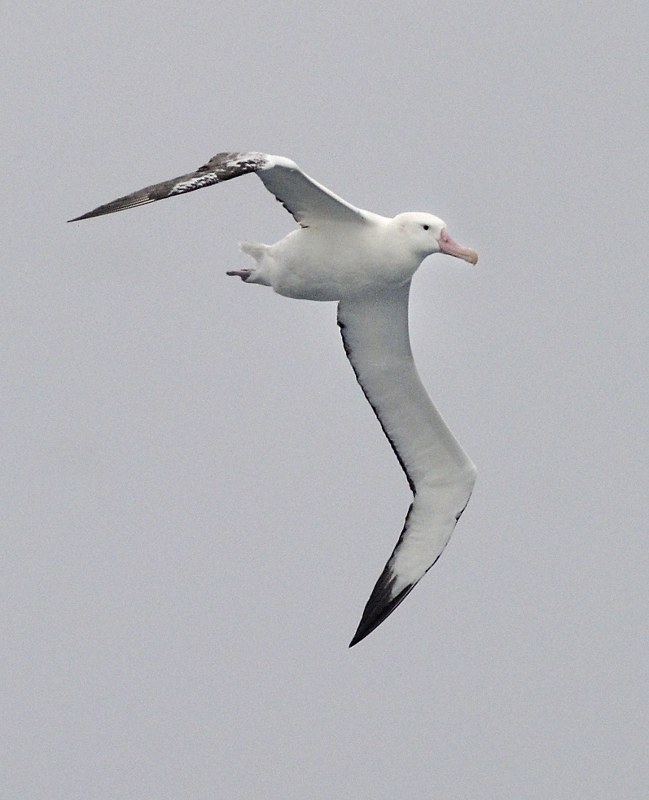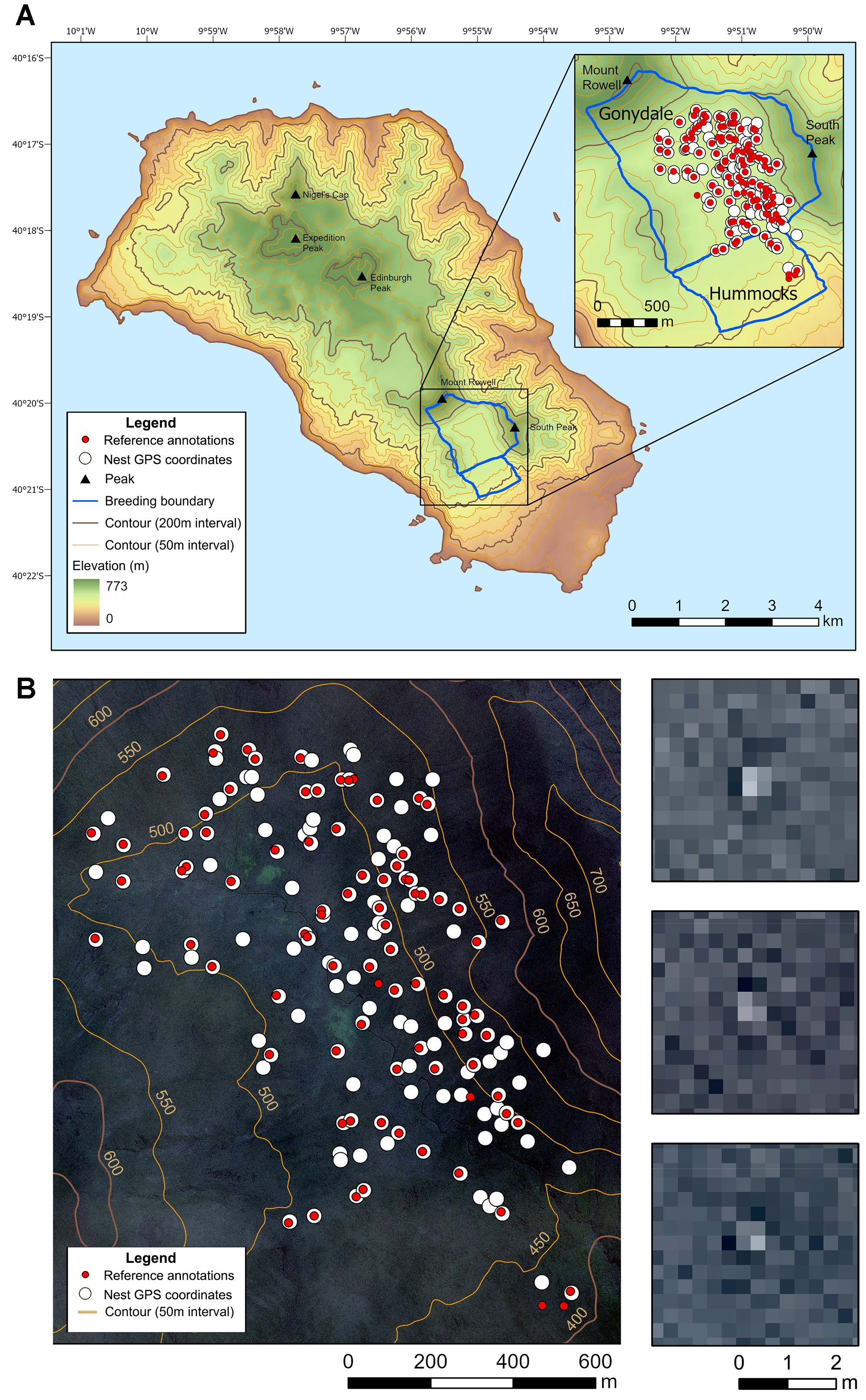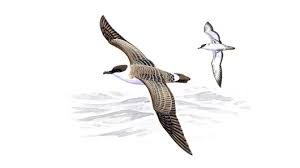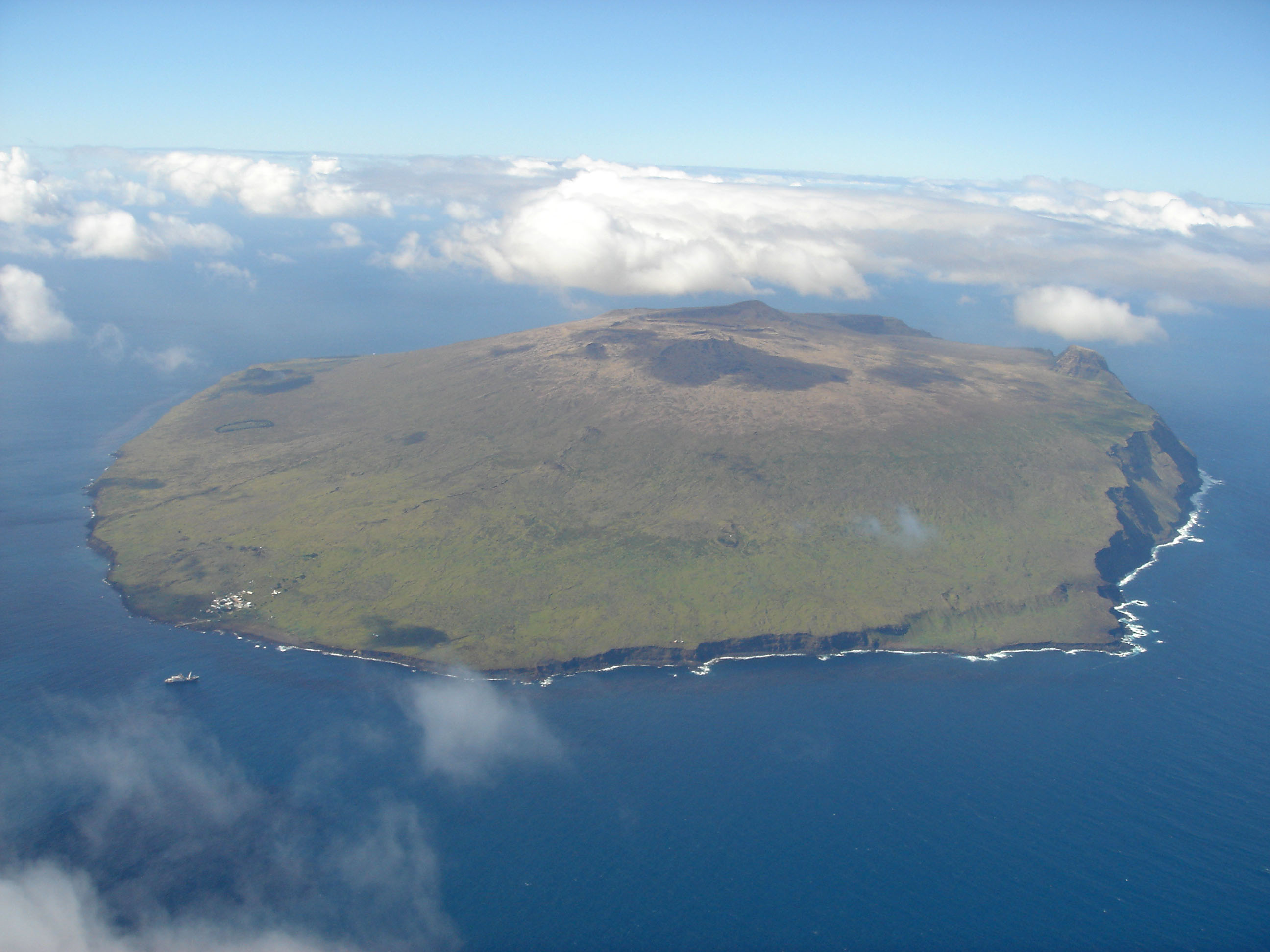
Wandering Albatross in flight, photograph by Kirk Zufelt
Yusuke Goto (Graduate School of Environmental Studies, Nagoya University, Japan) and colleagues have published online in the journal PNAS on comparing the flying strategies of Wandering Albatrosses Diomedea exulans with the sailing strategies of racing yachts in the Southern Ocean.
The paper’s abstract follows:
“The way goal-oriented birds adjust their travel direction and route in response to wind significantly affects their travel costs. This is expected to be particularly pronounced in pelagic seabirds, which utilize a wind-dependent flight style called dynamic soaring. Dynamic soaring seabirds in situations without a definite goal, e.g. searching for prey, are known to preferentially fly with crosswinds or quartering-tailwinds to increase the speed and search area, and reduce travel costs. However, little is known about their reaction to wind when heading to a definite goal, such as homing. Homing tracks of wandering albatrosses (Diomedea exulans) vary from beelines to zigzags, which are similar to those of sailboats. Here, given that both albatrosses and sailboats travel slower in headwinds and tailwinds, we tested whether the time-minimizing strategies used by yacht racers can be compared to the locomotion patterns of wandering albatrosses. We predicted that when the goal is located upwind or downwind, albatrosses should deviate their travel directions from the goal on the mesoscale and increase the number of turns on the macroscale. Both hypotheses were supported by track data from albatrosses and racing yachts in the Southern Ocean confirming that albatrosses qualitatively employ the same strategy as yacht racers. Nevertheless, albatrosses did not strictly minimize their travel time, likely making their flight robust against wind fluctuations to reduce flight costs. Our study provides empirical evidence of tacking in albatrosses and demonstrates that man-made movement strategies provide a new perspective on the laws underlying wildlife movement.”
Reference:
Goto, Y., Weimerskirch, H., Fukaya, K., Yoda, K., Naruoko, M. & Sato, K. 2024. Albatrosses employ orientation and routing strategies similar to yacht racers. PNAS 121 No. 23 e231285112.
John Cooper, Emeritus Information Officer, Agreement on the Conservation of Albatrosses and Petrels, 15 April 2025

 English
English  Français
Français  Español
Español 

 Great Shearwaters at sea, illustration from the
Great Shearwaters at sea, illustration from the  Amsterdam Island before the fire, photograph by Thierry Micol
Amsterdam Island before the fire, photograph by Thierry Micol